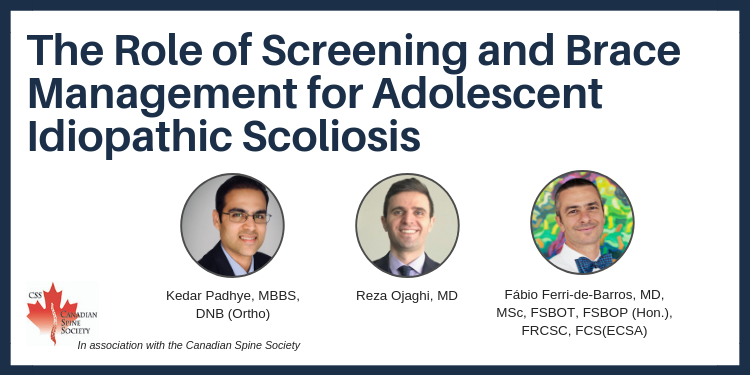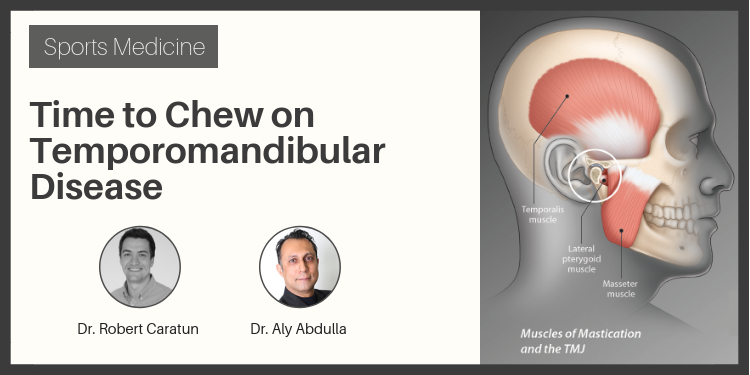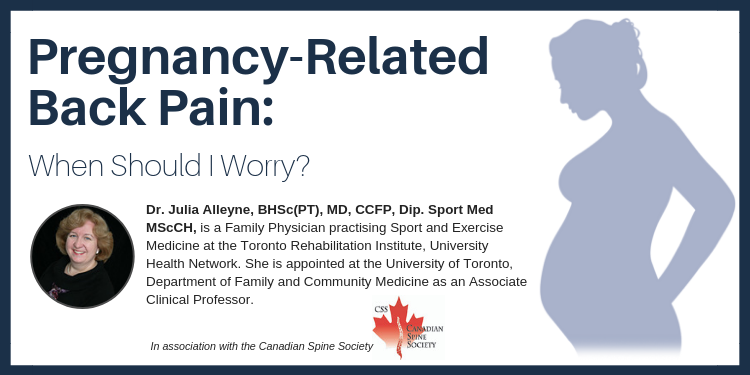The Role of Screening and Brace Management for Adolescent Idiopathic Scoliosis





D’Arcy Little, MD, CCFP, FRCPC Medical Director, JCCC and HealthPlexus.NET


| Questions | 5 |
|---|---|
| Attempts allowed | Unlimited |
| Available | Always |
| Pass rate | 75 % |
| Backwards navigation | Allowed |
| Questions | 3 |
|---|---|
| Attempts allowed | Unlimited |
| Available | Always |
| Pass rate | 75 % |
| Backwards navigation | Allowed |